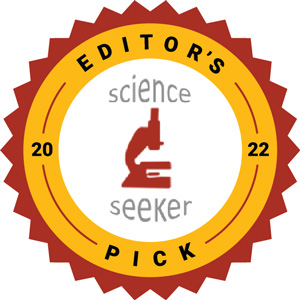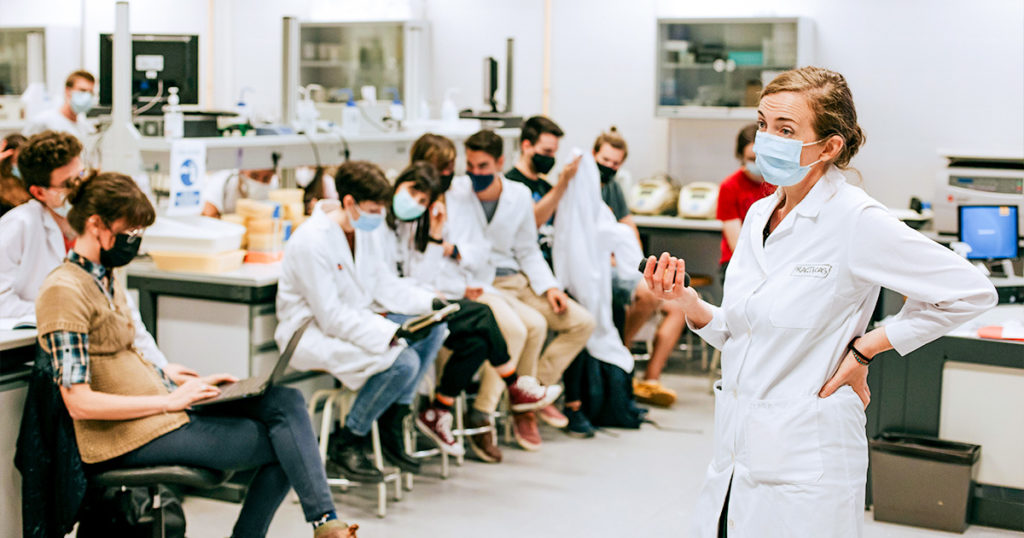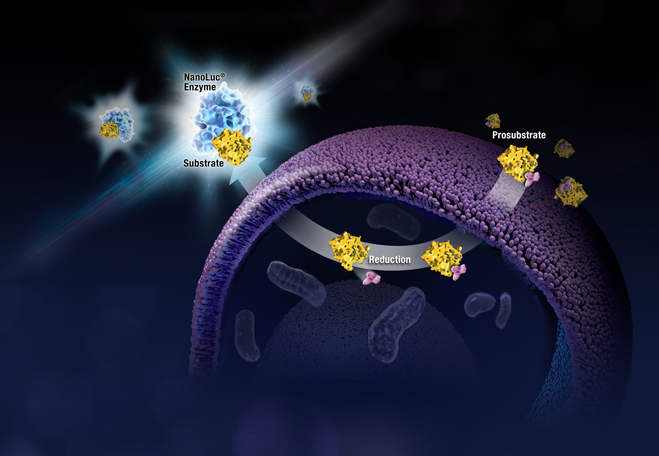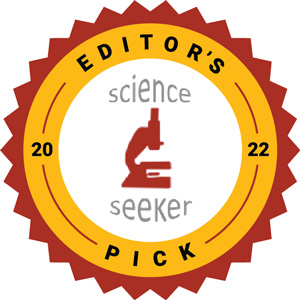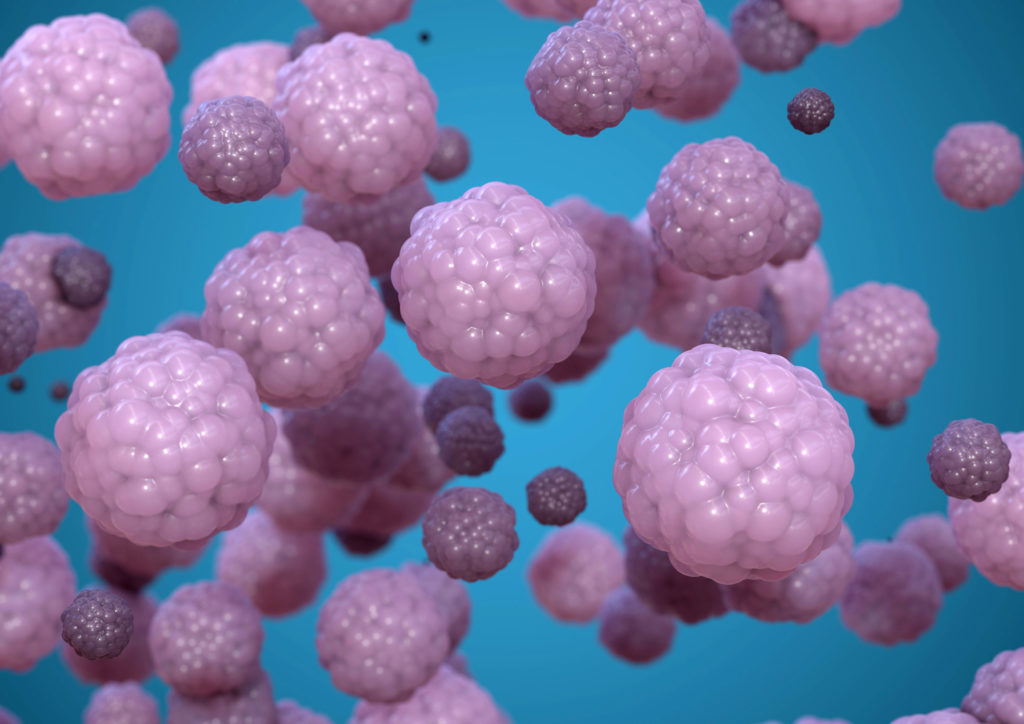
Promega Corporation has been named among the best places to work in the USA with a 2022 Top Workplaces USA Award. The Top Workplaces USA list, announced on February 1, is a program run by research firm Energage to recognize high-performing companies based solely on employee engagement surveys. The surveys measure the level of connection, motivation, and commitment employees feel for their companies.
Energage believes that improving engagement can directly impact performance, innovation, retention, and talent attraction. The 2022 USA winner’s list is calculated by comparing the survey’s research-based statements to predict high performance against industry benchmarks.
I am able to perform science in an environment that makes me feel as though I’m growing as a researcher…
—Promega Employee Survey Response
A Culture of Work-Life Balance
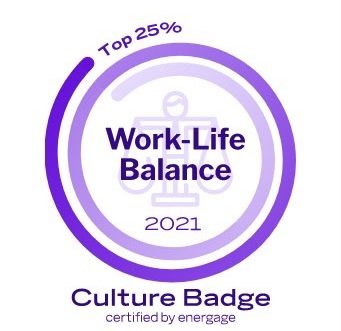
Promega also earned a “culture badge” for Work-Life Balance. Employee feedback showed this factor to be the company’s strongest culture driver. Culture badges are earned for scores that are in the top 25% of organizations in the same benchmark.
Promega Director of HR Organizational Development, Darbie Miller points out how much Promega employees value the flexibility to flourish both at work and at home. “It is meaningful to all of us that employees continue to experience a culture that prioritizes flexibility to balance work and personal life. We are honored to receive this recognition and also to understand how to continue to evolve the employee experience at Promega.”
My co-workers care, I do work that makes me feel empowered, and I have the flexibility to be a real person with a real life.
—Promega Employee Survey Response
#LifeAtPromega
Promega offers welcoming careers where employees can stay, contribute and grow. We challenge our employees to change the world, to have more fun, to bring their full selves to work— in short, to take on a career that means more. At Promega, our employees do just that. Here, employees play a role in solving the world’s most pressing problems, experience camaraderie, gain satisfaction and get reward. We challenge ourselves to improve our local communities, to create an open, inviting and inclusive culture, to foster a work environment where collaborative givers, continuous learners, and ambitious go-getters thrive.
Our employees make an award like this possible, and we are grateful for the talent they bring every day. With an eye toward the future, we will continue to build on a culture that values science, sustainable business, and human well-being. We believe that every one of our employees has the potential to make a meaningful difference. And they do.
“It [my job] allows me to contribute to the betterment of mankind, the advancement of science, and success of my friends.”
—Promega Employee Survey Response

It [my role] allows me to be my natural, gifted, independent self while accomplishing the greater goals of the company and being part of something spectacular.
—Promega Employee Survey Response
Promega is a leader in providing innovative solutions and technical support to the life sciences industry. We are committed to science advancement for improving life in the global community. With branches in16 countries and over 50 global distributors serving over 100 countries
Our tools and technologies support a wide range of work. This includes cell biology, protein analysis, drug development, human identification, and molecular diagnostics. Promega products are used in labs for academic and government research, forensics, pharmaceuticals, clinical diagnostics, and agricultural and environmental testing.
Discover a career at Promega that will give you the opportunity you need to make a difference.
Are you a student who is exploring possible careers outside of academia? Industry has many opportunities for scientists. Read some of our careers blogs to learn more.
